

Transforming your home doesn’t demand major renovations or expert-level skills. Home DIY is about using hands-on creativity, basic tools, and accessible materials to personalize where you live. Small updates—like shifting how furniture sits, applying a splash of new color, or repurposing simple objects—can dramatically alter the energy and look of any room. This approach invites people to take ownership of their surroundings, bringing in fresh vibes and function, often at a fraction of what professional redesign costs.
DIY methods empower anyone willing to experiment—no matter the size of their space. The core idea is to blend unique styling with practical improvement, using inspiration from design trends, clever upcycling hacks, and everyday resourcefulness. Each project can be small yet powerful: a hand-built shelf, a repainted dresser, smarter lighting placement, or statement wall art, all carefully chosen to reflect your own taste and lifestyle.
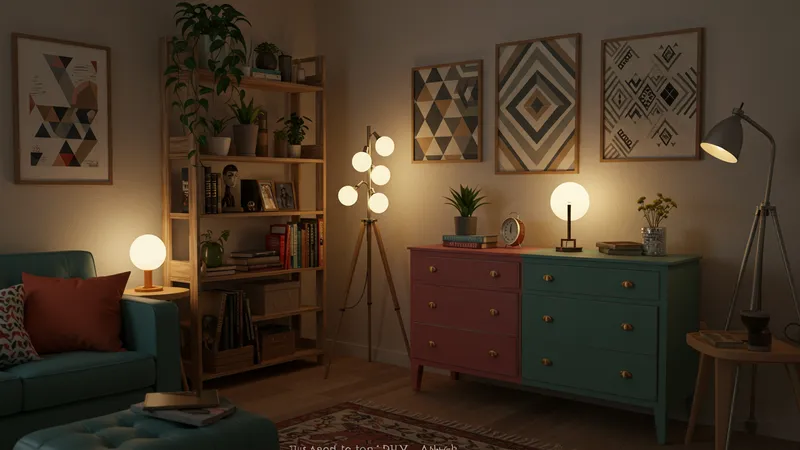
Small changes can yield a surprising impact on comfort and aesthetic. Shelving creates easy-to-access spots for books and decor, bringing unused wall space to life. Recoloring fabric brings a sense of renewal, offering a custom touch to pre-owned items and reducing waste. Damage-free hanging strips open up creative options for renters, enabling seasonal displays or evolving design without worrying about holes or repairs.
What makes these ideas particularly effective is their adaptability. Items like floating shelves work in kitchens, bedrooms, or even hallways. Fabric dye enables a full spectrum of color experiments, especially appealing when accenting a neutral scheme or refreshing tired textiles. The use of temporary adhesives means even those with strict landlords or limited budgets can enjoy gallery-style walls and rearrange art on a whim.
Integrating such DIY upgrades not only saves money; it celebrates self-expression. There's pride in executing a project by hand, adapting solutions that solve real-life challenges—a small shelf to hold tea mugs, a bold curtain for privacy, a mini-gallery for travel photos. These enhancements invite conversation, inspire guests, and make spaces truly one's own.
What often surprises newcomers is how rapidly these small interventions can shift the feel of an entire area. With careful placement, even modest décor changes recalibrate how a space is used, perceived, and enjoyed daily. Anchoring your upgrades in your unique style ensures your environment continues to evolve alongside personal tastes and functional needs.
Taken together, these approaches reveal the real appeal of DIY: customization without the hassle or cost of full-scale renovations. Looking deeper, more innovative, and unexpected techniques await—each offering new possibilities for those ready to unlock their home’s potential. The deeper details reveal even more valuable insights ahead…
Adapting vertical space through creative shelving changes the way homes are used and appreciated. By installing accessible floating shelves like the IKEA LACK Wall Shelf, anyone can introduce minimalistic display areas or functional storage. This shift is especially useful in smaller living quarters or apartments, helping to declutter surfaces while showing off favorite collectibles, books, or plants. The lightweight, easy-to-mount design makes such shelves accessible for both DIY novices and seasoned hobbyists, requiring only basic tools and a bit of planning.
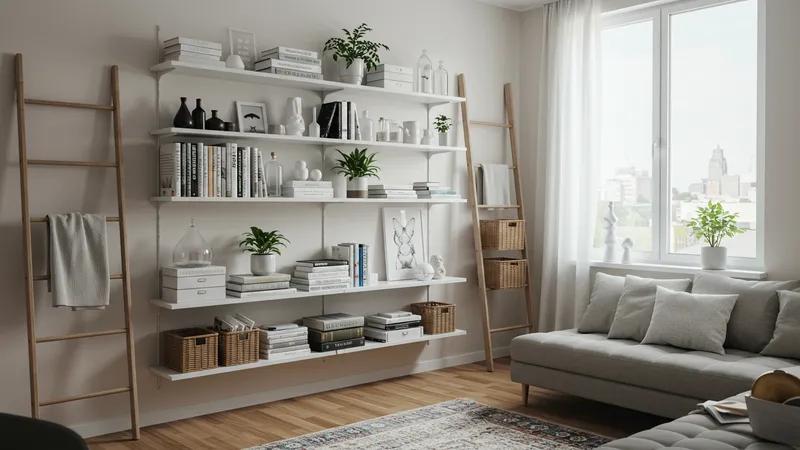
Temporary or modular shelving allows flexibility, an essential feature for renters or those who like to update their interiors seasonally. Freestanding ladder shelves, cube organizers, or wall-mount racks help personalize layouts without making permanent changes. Combining these with decorative items or baskets creates a seamless blend of style and utility, inviting creativity and adaptability in evolving living spaces.
Visual balance is key. Homeowners often pair narrow and wide shelves at different wall heights, framing doorways or creating geometric symmetry above sofas and desks. Adjustable shelves mean the display can adapt to accommodate growing book collections, art, or even kitchenware—everything can have its place, curated to suit shifting preferences and needs.
For budget-conscious individuals, repurposing old wood planks or unused drawers as makeshift shelves adds character and environmental value. With a bit of sanding and stain, discarded materials become conversation pieces, tying together sustainability and personal storytelling in the design process. Exploring more shelf ideas—like picture ledges or corner installations—offers even more ways to optimize space and express individuality in DIY home transformations.
Changing the look and feel of a room can be as simple as updating textiles using products like Rit All-Purpose Fabric Dye. Instead of replacing old pillow covers, curtains, or throw blankets, dyeing allows for tailored color coordination and personalization. This method not only extends the life cycle of existing fabrics but also saves significant expense compared to purchasing new decor items, making it an environmentally conscious choice suitable for any household.
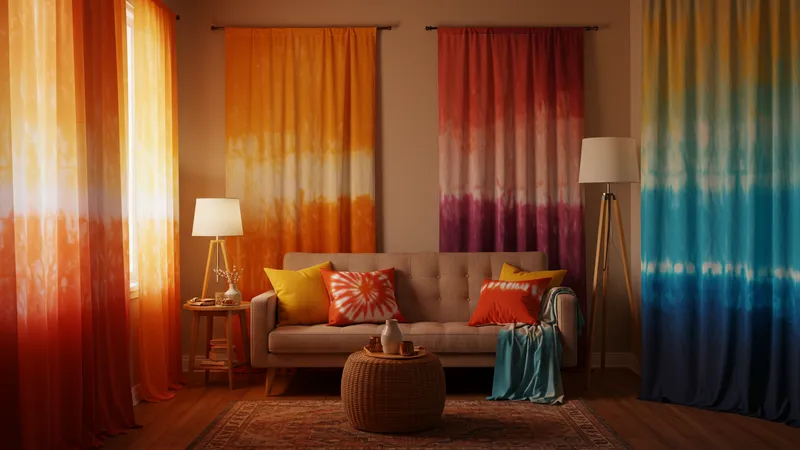
Dye projects provide an artistic outlet, inviting experimentation with color gradients, tie-dye techniques, and unique patterning. Homeowners often coordinate dyed fabrics to match accent walls or update holiday themes, achieving cohesion throughout living, dining, and bedroom spaces. With minimal investment and basic supplies, both dramatic overhauls and subtle refreshes become accessible, regardless of skill level or room size.
Ease of use is central: most dyes work safely in standard washing machines or with stovetop methods. Thorough prepping—such as washing, soaking, and using the appropriate setting—delivers vibrant, long-lasting results. Online tutorials and manufacturer guides add confidence, walking through each step for foolproof finishes and professional polish minus the expert fees.
This DIY touch invites seasonal adaptability: bold colors in summer, cozy earth tones in autumn, festive shades in winter. Guests immediately notice these subtle shifts, adding an immersive visual layer that enhances atmosphere for gatherings or quiet evenings alike. Exploring advanced dye techniques—such as shibori folding or stencils—makes fabric transformation endlessly engaging for creative homeowners.
Decorating walls without permanent damage is a common challenge for DIY enthusiasts, especially renters. Command Picture Hanging Strips solve this by enabling easy, secure mounting of frames, canvases, or other decor. Unlike traditional nails or hooks, these adhesive strips leave walls unscathed, making them ideal for temporary galleries or frequently changing arrangements. This flexibility empowers anyone to refresh wall art for different moods, holidays, or personal milestones without additional costs or repairs.
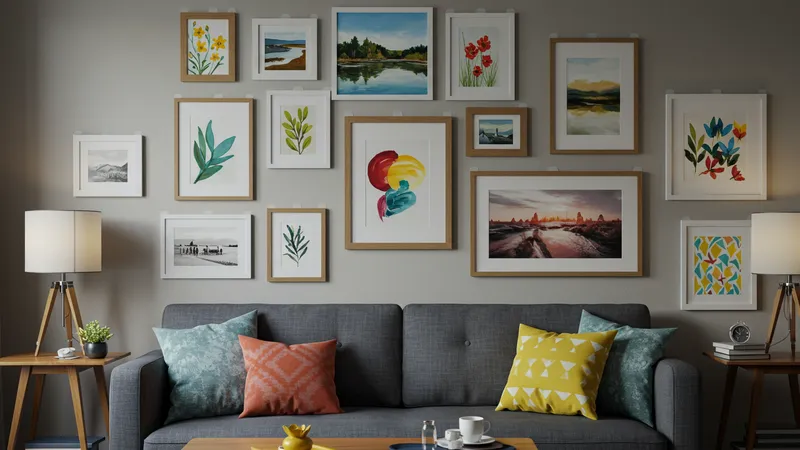
User-friendly and quick to install, these strips handle a range of frame sizes and weights, supporting both lightweight prints and medium-sized statement pieces. Clear instructions and included templates simplify the process, ensuring straight lines and consistent spacing even for those with limited DIY experience. Removing or swapping out art is just as straightforward, encouraging experimentation and creativity.
This approach is especially valued in households with children or shared accommodations, where safety and collaborative decorating take priority. Pairing various art types—photos, canvas, textiles—creates lively, layered compositions that evolve over time. Hanging strips also support functional accents such as small mirrors or organizers, broadening their utility beyond simple decoration.
Combining multiple sets in one space lets homeowners create gallery walls, statement clusters, or thematic groupings unique to each room. For inspiration or step-by-step guides, many manufacturers offer video resources or templates online, further lowering barriers to creative home personalization. As tastes evolve, the ease of rearrangement ensures that walls remain dynamic canvases responsive to each season of life.
Home DIY isn’t just about aesthetics—it’s about shaping spaces that reflect personality while promoting sustainability. Upcycling, repurposing, and choosing long-lasting materials limit waste and extend product lifespans. Projects like converting old crates into shoe storage or giving secondhand finds a fresh coat of paint exemplify how everyday objects gain new function and value through a DIY lens.
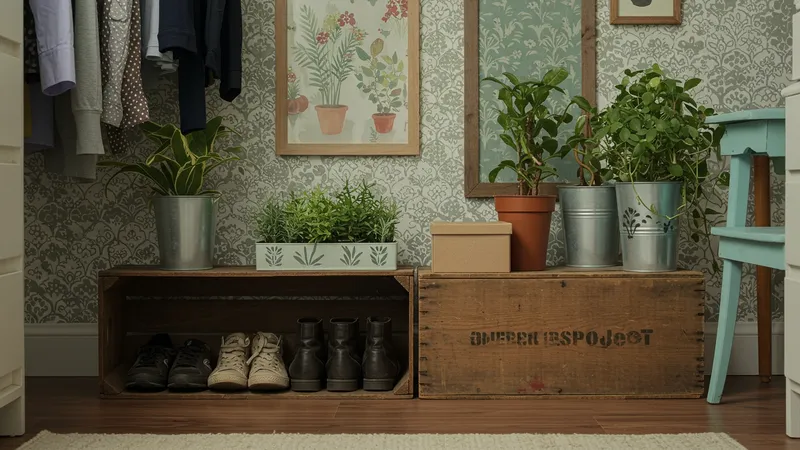
Customizing details—be it through paint, hardware swaps, or fabric accents—allows spaces to feel personal and inviting. Even modest modifications, such as adding patterned wallpaper to closet interiors or stenciling designs on planters, demonstrate attention to detail and love for the home. These touches spark conversation and carry narratives that mass-produced furnishings can seldom provide.
Balancing practicality and creativity defines the essence of the DIY approach. Solutions are often tailored to resident lifestyle, like maximizing vertical storage in studio apartments or crafting reading nooks in busy households. Thoughtful design combines comfort, function, and expression—showing that daily living can be elevated with a sequence of targeted, hands-on changes.
Ultimately, every successful DIY project builds both confidence and competence. Over time, small-scale endeavors pave the way for bigger ideas, reinforcing the satisfaction of self-made transformation. With accessible materials, evolving trends, and boundless inspiration online, each room offers endless potential for improvement—making home truly a reflection of its inhabitants’ journeys and creativity.